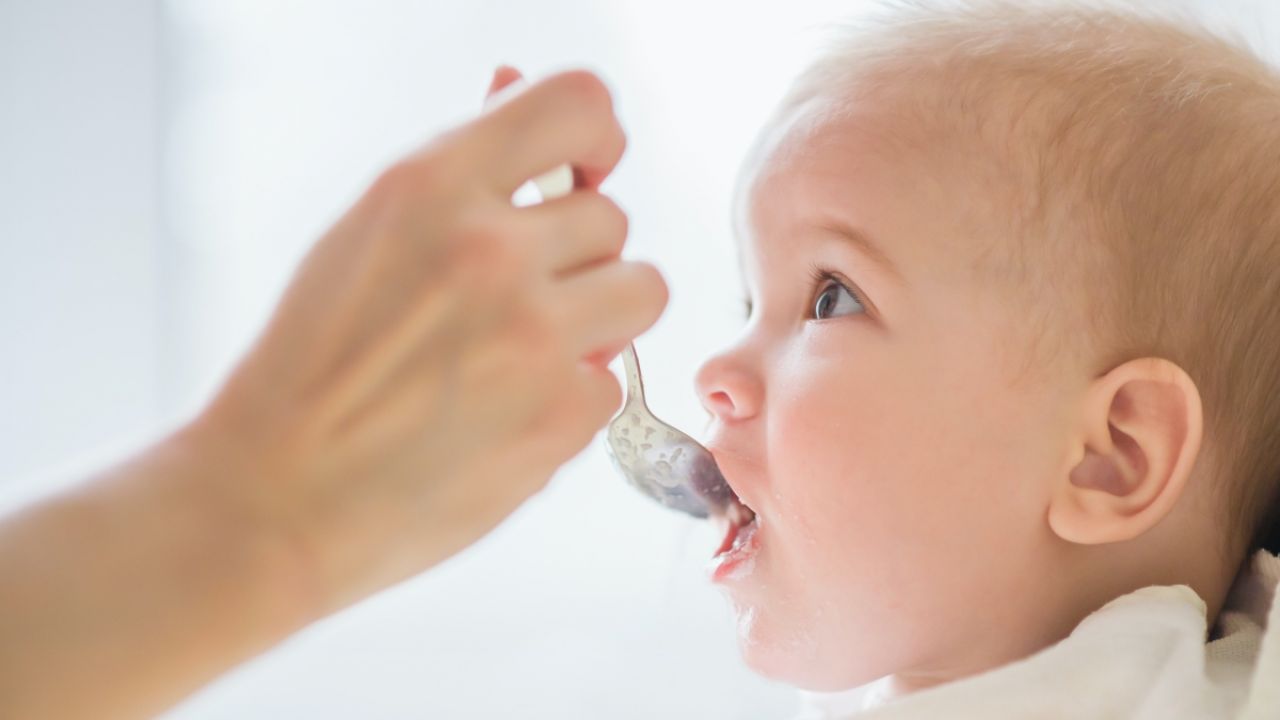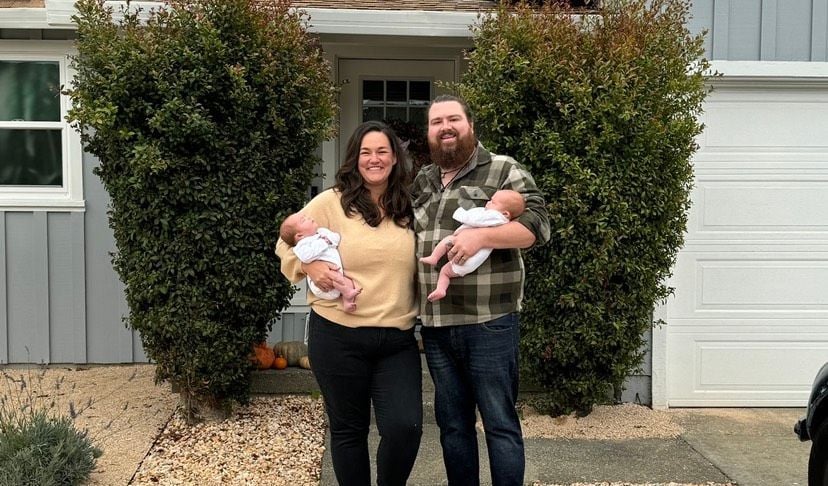
“When we found out we were having twins, my husband was speechless with shock,” said Katherine Armstrong, who gave birth to two girls late last year. “While I was initially surprised too, I was also thrilled, because I feel like I’ve been preparing for this my whole life.
“I’m a twin myself, and had learned from my mom the strengths needed to be a mom to twins: being flexible but also very sturdy, organized and resilient,” she told EWG in a recent interview. From changing her buying decisions to filtering her tap water, EWG helped with baby proofing her home.
Armstrong, who lives in Corte Madera, California, has a strong relationship with EWG – she mentors the founding chapter of the EWG+HS student club in San Francisco. EWG+HS is a new national student leader program educating teens on environmental issues and advocacy.
While her daughters were kept in intensive care for more than two months after being born preterm, Armstrong sprang into action. “My babies were coming home, and I just wanted to make sure they were safe. There wasn’t time to wait and think,” she told EWG.
She consulted EWG’s resources on reducing household hazards, including filters to tackle the “forever chemicals” known as PFAS and EWG’s healthier food and cosmetics databases.
Her twins were in the neonatal intensive care unit, or NICU, for weeks. “At the NICU they give you lots of information, like saying you need sterile water to make formula. But what is that? And what about plastic bottles? Even pacifiers have a lot of plastic. Plastic and its contaminants freak me out, but thanks to EWG, I know how to find safe alternatives.” she said.

Katherine Armstrong outside her home with husband Christian Behrens and twins Grace and Sophie.
Tap water concerns
“Even before my girls were born, I was worried about the quality of the water and the number of contaminants it contained,” she said. Armstrong turned for guidance to EWG’s Tap Water Database, which helps people figure out which contaminants are coming out of their home faucets.
“With the database, all I had to do was type in my ZIP code, see the results, and text our plumber a link” to show them the harmful chemicals in the water and the filters that might help reduce them, she said. “It was easy.”
Reading on EWG’s website about the health risks of drinking water contaminated with PFAS emboldened her to install water filters in her home that can get rid of these and other harmful chemicals from tap water. “The filter also eliminates sediment and extends the life of appliances, and it’s all clean water,” she said.
Armstrong and her husband had struggled with getting pregnant, and they finally – and successfully – pursued in vitro fertilization. As part of her fertility journey, she consulted the guides to rethink what she used for personal and home care products to avoid potentially harmful chemicals that might end up in her body. Even before the twins were born, she learned from EWG about the risks of exposure to toxic chemicals in the things we use every day.
Armstrong detailed how she and her husband got the pleasant shock they’d be having twins, followed by the stress of the babies’ stay in the NICU. All this while dealing with the first-time purchase of a home then using EWG tools to make it a safer and healthier place for the family.
EWG’s many resources
“I was interested in EWG’s resources for my home because as a first-time homeowner, I was overwhelmed with new information and to-do lists. EWG distills complex scientific information into digestible actionable information” to safeguard a home, she said.
Armstrong also read EWG articles about toxic chemicals in diapers, toys and much more. She also consulted EWG’s Healthy Baby Registry on reducing exposure to harmful substances, and Food Scores, a database that rates more than 80,000 foods based on nutrition, ingredient and processing concerns.
“I’ll [also] be thinking about the foods that [my kids] will be eating. We’ve started to use the Clean Fifteen™ and Dirty Dozen™ as we’re introducing solid foods and making our own purees,” she said.
The two lists are part of the just-released 2024 Shopper’s Guide to Pesticides in Produce™, which analyzes data from tests conducted by the Department of Agriculture and Food and Drug Administration on 47,510 samples of 46 fruits and vegetables looking for residues of potentially harmful pesticides. The Clean Fifteen lists the produce found to have the lowest amounts of pesticide residue and the Dirty Dozen represents the fruits and vegetables that were found to be most contaminated with pesticide residue.
Armstrong also plans to consult EWG’s guides when she shops for her twins. “I want to make sure the things I’m buying for them come from good brands and good companies [using few or no chemicals], because I’m sure they’ll be putting everything in their mouth,” she said.
‘Hope’ with EWG’s advice
At one of the EWG+HS's San Francisco chapter meetings this year, Armstrong and the students went to a local Walgreens and used EWG’s Healthy Living app to evaluate different products. She said “everyone was surprised at the results.” Her favorite part of the app is that “it provides alternatives for a safer swap” for many personal care products.
The experience of juggling so many new priorities was a challenge but one EWG helped Armstrong manage, she said. “It was a really stressful time, but that’s why I appreciate what I learned from EWG’s website and apps – things like this give me hope.”



